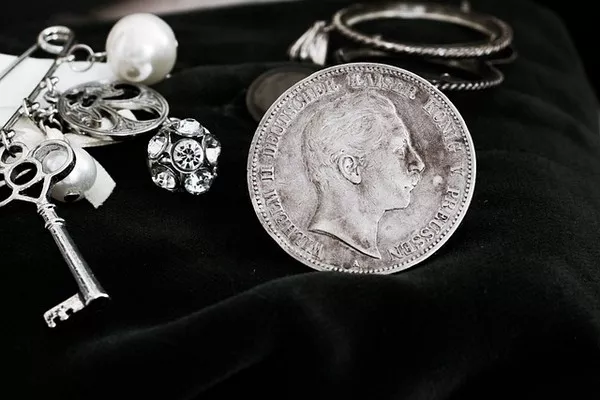In the realm of precious metals investing, silver holds a prominent position due to its historical significance, industrial applications, and investment potential. When considering purchasing silver, one of the primary factors to evaluate is the price over spot. Spot price refers to the current market price of silver per ounce, while the price over spot reflects the additional premium charged by dealers for various reasons. Understanding how much you should pay over spot requires a comprehensive analysis of market dynamics, dealer costs, and individual investment goals.
Factors Influencing the Premium Over Spot
Market Demand and Supply: Like any commodity, the price of silver is influenced by the interplay of demand and supply dynamics. When demand for physical silver exceeds available supply, premiums tend to rise. Conversely, during periods of oversupply, premiums may decrease as dealers compete to attract buyers.
Dealer Costs and Margins: Dealers incur various expenses in acquiring, storing, and selling physical silver. These costs include refining, minting, transportation, insurance, and overhead expenses. To cover these costs and generate profits, dealers add a premium over the spot price. The magnitude of this premium depends on the dealer’s operational efficiency, market competition, and prevailing economic conditions.
Type and Form of Silver: The form in which silver is available also impacts the premium over spot. Generic silver bars and rounds typically carry lower premiums compared to government-issued coins such as American Silver Eagles or Canadian Maple Leafs. This is due to the perceived purity, authenticity, and recognizability associated with government minted coins.
Rarity and Collectability: Certain silver coins and bars may possess numismatic value due to their rarity, historical significance, or unique features. Collectors and investors seeking these specialized items may be willing to pay higher premiums over spot to acquire them. Numismatic premiums can vary widely and are influenced by factors such as mintage year, condition, and collector demand.
Market Conditions and Economic Indicators: Silver prices are sensitive to macroeconomic factors such as inflation, interest rates, currency fluctuations, and geopolitical events. During periods of economic uncertainty or currency devaluation, demand for tangible assets like silver tends to increase, leading to higher premiums over spot. Conversely, stable economic conditions may result in lower premiums as investors seek less tangible safe-haven assets.
Evaluating Premiums Over Spot
Research and Comparison: Before making a purchase, it’s essential to research current spot prices and compare premiums offered by different dealers. Online platforms, coin shows, and local coin shops are valuable resources for obtaining price quotes. By comparing premiums across multiple sources, investors can identify competitive pricing and potentially negotiate better deals.
Understanding Pricing Structures: Dealers may employ different pricing structures based on factors such as order quantity, payment method, and delivery options. Bulk purchases or wire transfers may qualify for discounts, while credit card payments may incur additional fees. It’s crucial to understand these pricing nuances and choose the most cost-effective option based on individual preferences and circumstances.
Long-Term Investment Horizon: Investors with a long-term perspective should prioritize acquiring silver at reasonable premiums over spot. While fluctuations in short-term premiums may occur, the intrinsic value of silver as a tangible asset and hedge against inflation remains intact over time. By focusing on the fundamental value proposition of silver, investors can avoid overpaying for short-term speculative gains.
Consideration of Secondary Market: In addition to purchasing new silver products from dealers, investors can also explore the secondary market for acquiring pre-owned or circulated items. Secondary market products may be available at lower premiums compared to brand-new counterparts, providing cost-saving opportunities for budget-conscious investors. However, it’s essential to verify the authenticity and condition of secondary market items before making a purchase.
Diversification and Risk Management: Silver should be viewed as part of a diversified investment portfolio rather than a standalone asset. By allocating a portion of investment funds to silver, investors can mitigate portfolio risk and enhance overall diversification. It’s advisable to consult with financial advisors or precious metals experts to develop a comprehensive investment strategy aligned with individual risk tolerance and financial goals.
Conclusion
Determining how much to pay over spot for silver involves a nuanced understanding of market dynamics, dealer costs, and individual investment objectives. While premiums over spot may fluctuate in response to changing market conditions, investors can make informed decisions by conducting thorough research, comparing pricing structures, and considering long-term investment horizons. By incorporating silver into a well-diversified investment portfolio, investors can harness its intrinsic value as a tangible asset and hedge against economic uncertainty, thereby enhancing their overall financial resilience and stability.


